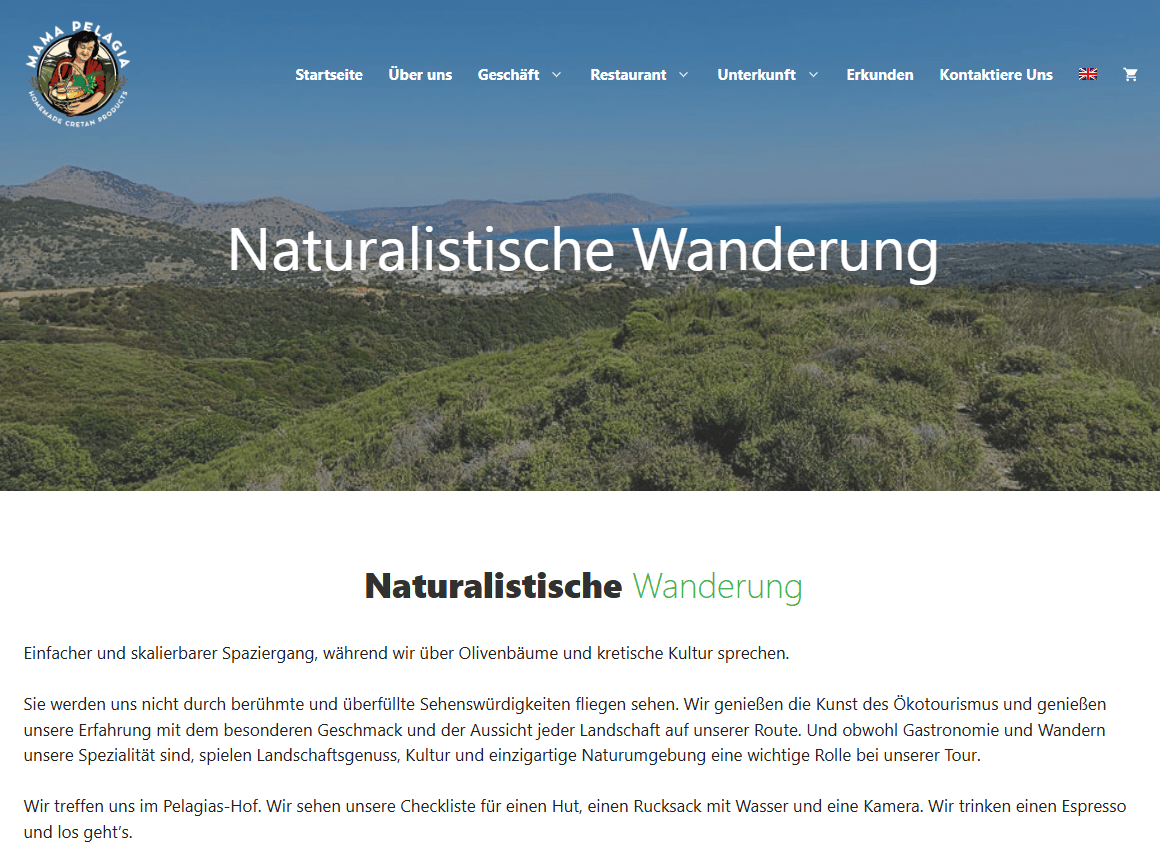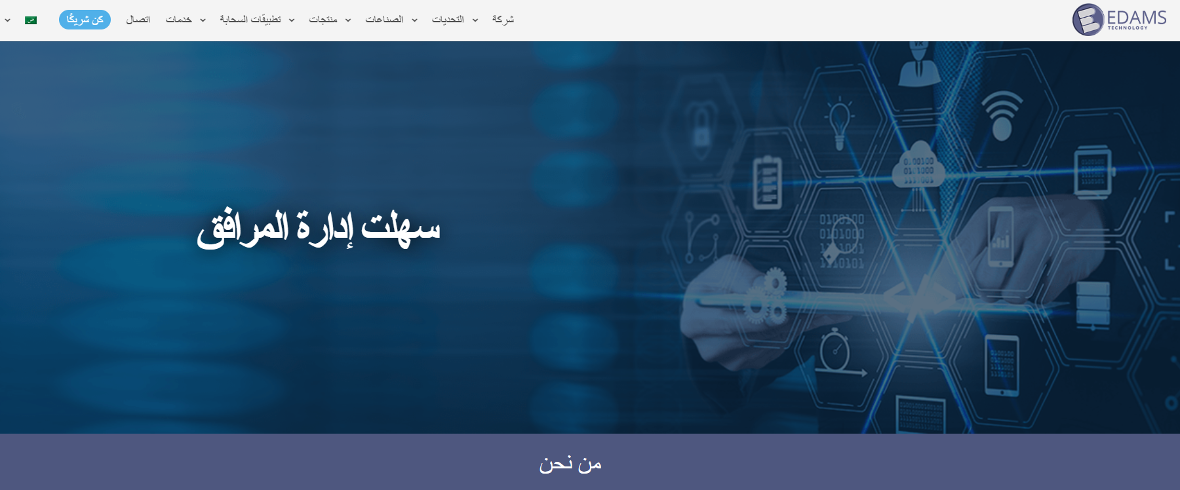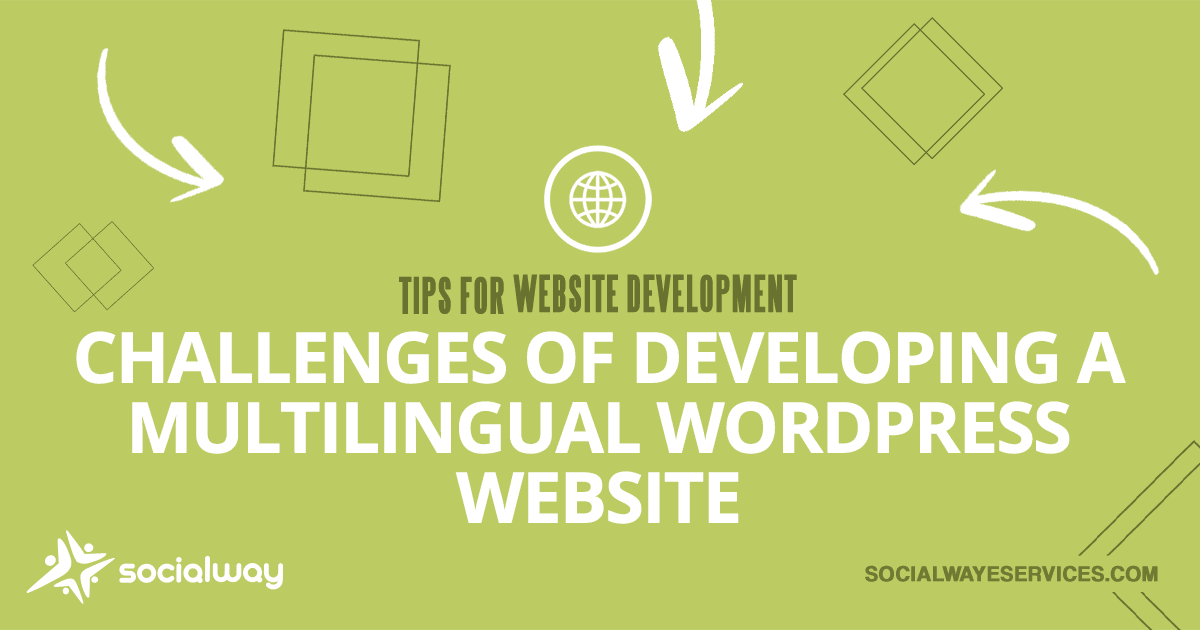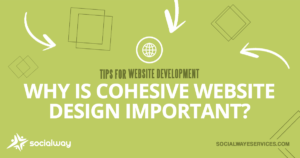The Importance of a Multilingual Website
In Cyprus, businesses often target a diverse audience that includes locals and international customers. Due to the country’s dynamic environment and strategic location, a multilingual website is essential for reaching potential customers who speak different languages and for expanding into international markets. Whether catering to English-speaking tourists, English-speaking residents, investors from various countries, or international business partners, having a well-structured multilingual website ensures that potential clients can navigate the site in their preferred language. WordPress is a popular platform for this, but implementing multiple languages comes with its own set of challenges.
Choosing the Right Translation Approach
WordPress does not offer built-in multilingual support, so additional tools are required. Some solutions allow full manual translation, while others offer automated translation with human refinement. While automated translations may be convenient, they often lack accuracy and cultural nuances, which can lead to misunderstandings. For professional businesses, especially in industries like real estate and hospitality, investing in high-quality manual translations is crucial to maintaining credibility and ensuring clarity.
Several WordPress plugins can assist in this process. Some examples include:
- WPML (WordPress Multilingual Plugin): This is one of the most widely-used and robust plugins for multilingual sites. It offers both manual and automated translations, integrates seamlessly with a wide range of themes and plugins, and supports custom post types, which makes it ideal for businesses with complex content needs. However, it does come with a price tag and requires a bit of a learning curve to get the best results.
- Polylang: A flexible plugin that works for both simple and complex multilingual sites. Polylang allows you to assign each language a separate category, translating posts, pages, categories, and custom post types. While it offers solid functionality, it does not come with built-in automatic translation, requiring manual effort or integration with third-party translation services.
- TranslatePress: A user-friendly plugin that allows real-time front-end editing. TranslatePress lets you visually translate content while viewing it from the user’s perspective. It also integrates with Google Translate, offering automatic translations that can be refined manually. This plugin is especially beneficial for users who want an easy, visual translation process.
- Weglot: A cloud-based translation service that automatically translates your website content into multiple languages. Weglot simplifies the translation process and is known for its speed and ease of use. However, the free plan is limited, and some may find the cloud-based nature of the tool restrictive, especially for highly customized websites.
Structuring the Language Versions
There are different ways to organize multilingual content, each with pros and cons:
- Subdirectories (e.g., example.com/en/ and example.com/gr/) are the easiest to manage and maintain.
- Subdomains (e.g., en.example.com and ru.example.com) allow better customization for each language but can be complex for SEO.
- Separate domains (e.g., example.com and example.de) offer the best localization but require extensive resources.
For example, our project Pelagia’s Yard (pelagiasyard.com) uses subdirectories to manage English and German content efficiently. Meanwhile, EDAMS (edams.com), which supports English, Russian, Chinese, and Arabic, required a more complex structure to accommodate different alphabets and reading directions.

Considerations for E-Commerce Websites
For e-commerce businesses, such as those in Cyprus selling products internationally, a multilingual setup introduces additional considerations:
- Currency Adaptation: Prices should be displayed in the relevant currency to avoid confusion.
- Localized Payment Options: Payment gateways should support different countries and their preferred payment methods.
- Product Information & SEO: Product descriptions should not just be translated but also optimized for local search trends.
An e-commerce business that wants to attract Russian or German-speaking buyers must ensure that their checkout process, shipping information, and return policies are fully translated and adapted to different regional expectations. Plugins like WooCommerce Multilingual (integrated with WPML) or Polylang for WooCommerce are excellent for multilingual e-commerce sites, as they help manage product catalogs and orders in multiple languages.
Ensuring High-Quality Translations
While automated translation tools can assist, they often produce unnatural or inaccurate results. Hiring professional translators ensures accuracy, consistency, and cultural appropriateness. Additionally, maintaining a glossary of key terms and carefully reviewing translations can help avoid inconsistencies. Keeping translations up to date is another hurdle, as any new content added to the site must be accurately translated across all language versions.
Some plugins, such as WPML’s Translation Management or Weglot, allow you to track translation changes automatically, which helps streamline the process and ensure consistency.
Compatibility with Themes and Plugins
Not all WordPress themes and plugins work seamlessly with multilingual setups. Some may not support multiple languages, leading to broken layouts or missing translations. Selecting a theme that explicitly supports multilingual functionality is essential, and testing all plugins before launching the site is a necessary step. Regular updates also prevent compatibility issues that may arise over time.
Multilingual SEO Challenges
For businesses targeting multiple regions, search engine optimization (SEO) is critical. A common mistake is neglecting to use the correct language tags, which help search engines identify different versions of the same content. Simply translating keywords without considering local search behavior can also reduce visibility. Instead, businesses should conduct separate keyword research for each language and optimize content accordingly. Writing unique descriptions and titles for each version further enhances search engine rankings.
For instance, the SEO strategy for EDAMS, which operates in international markets, required extensive localization. While an English-speaking visitor may search for “utility billing software,” a Russian-speaking user might use an entirely different phrase. Ensuring that each language version ranks well in its respective search engine is key to attracting the right audience.
Maintaining Fast Loading Speeds
Adding multiple languages increases the number of files, database queries, and overall website load time. To optimize performance, businesses can use a content delivery network (CDN) to distribute content efficiently. Compressing images, reducing unnecessary files, and choosing a reliable hosting provider also contribute to better website speed. A slow-loading multilingual website can deter visitors, especially international users with different internet speeds.
Creating a Seamless User Experience
Visitors should be able to switch languages easily through a well-placed language selector. Websites targeting audiences that read from right to left, such as Arabic or Hebrew speakers, must adjust their layout accordingly. Additionally, details like date formats, currency, and culturally appropriate images should be customized for each region to ensure a smooth browsing experience.
Ongoing Maintenance and Updates
Once the multilingual website is live, maintaining it requires continuous effort. Every update, whether a new blog post or a change in product details, must be translated and synchronized across all language versions. Using a translation management system (TMS) like WPML’s Translation Management or Weglot’s Dashboard can help keep track of changes and ensure consistency. Regular audits are necessary to check for outdated or missing translations, and automation can streamline updates to minimize manual effort.
Conclusion
Developing a multilingual WordPress website for businesses in Cyprus requires careful planning and continuous maintenance. Whether it’s a local e-commerce store, a tourism-related business, or an international service provider, multilingual websites play a vital role in reaching diverse audiences, including both English-speaking tourists and residents. By strategically selecting translation methods, ensuring SEO optimization, and maintaining a high-quality user experience, businesses can expand their reach and improve engagement with customers across different languages and regions.
We have successfully developed many multilingual websites and e-commerce stores in various languages, with projects like Pelagia’s Yard and EDAMS standing as prime examples. These projects, along with others in our portfolio, showcase our expertise in creating seamless multilingual experiences that cater to both local and international audiences.

Why You Should Work with a Pro
Designing a multilingual website takes more than just choosing the right components—it takes experience and an understanding of how content and functionality work together. At Socialway, we specialize in creating multilingual websites that look great and keep users’ needs in the forefront.
Let’s Make Your Website A Multilingual One
Your website should reflect the best of your brand. If you are in need of multilingual website that works seamlessly, we are here to help.
Contact us today to get started on a website that is right for you!




